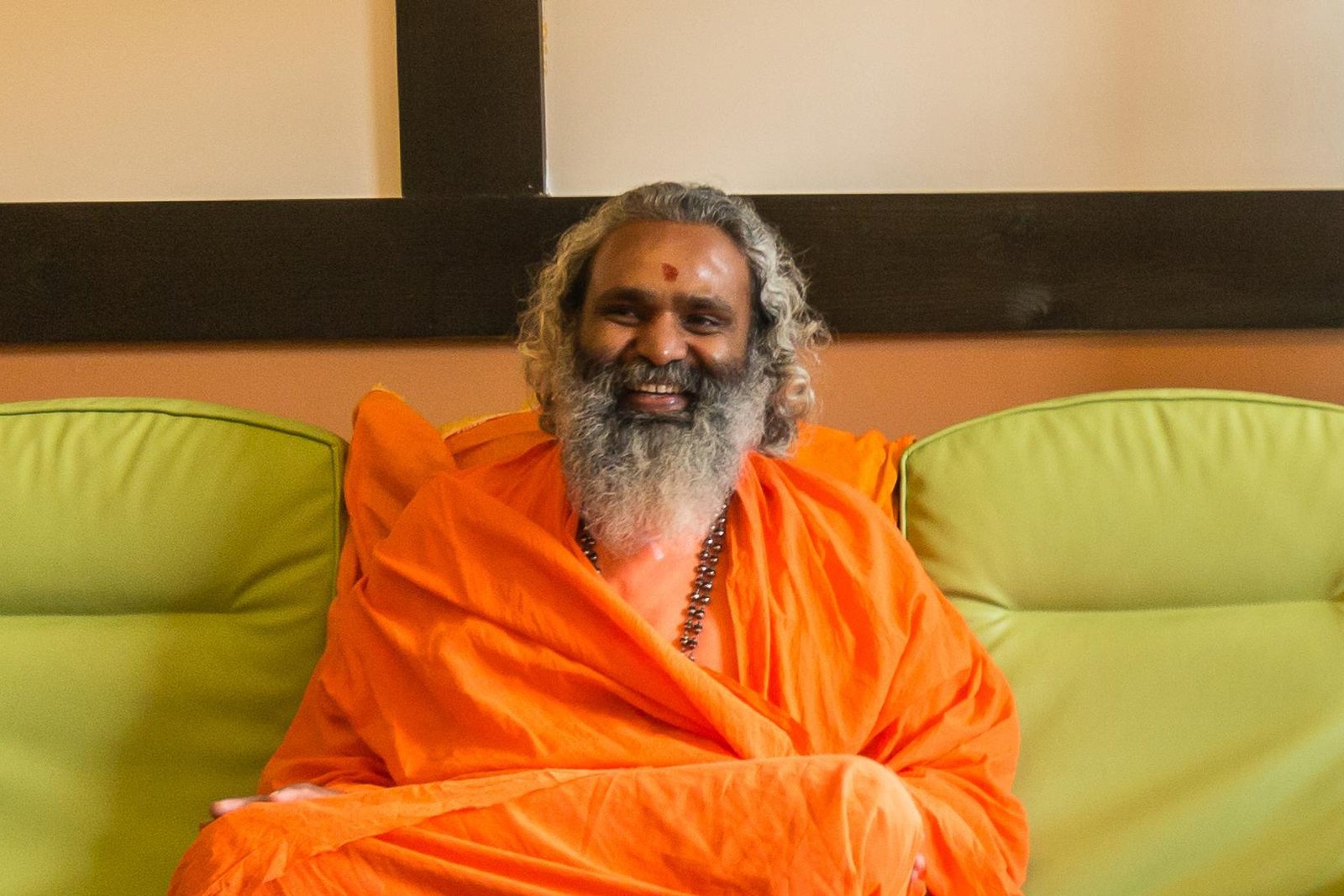
The caste system in Hinduism is almost a dogma and that too is being criticized by all the people including Indians. The truth, the facts and the reality behind this caste system is almost unknown to many people in this world. Its very unfortunate that Indians themselves do not know what is caste system. Unfortunately, the present-day Indian politics is completely based on caste system. Our Hindu scriptures never discriminates anybody. We call Vedas as a mother. A mother never discriminates a child. Whichever child is there, the mother takes care according to the child’s need. The mother does not show care based on her greed or desire. In a similar manner, how can the Vedas discriminate anyone in the name of caste system?
To understand this caste system, Bhagavad Gita comes handy. In the Thirteenth verse of Fourth chapter, when Bhagavan in the form of Lord Krishna, as a teacher, explains to Arjuna about caste system. The Lord himself says that four Varnas are created and categorized by me. The criteria to categorize the four varnas is Guna and Karma. Varna is one word and is wrongly translated by everyone as Caste system. The word Caste system is called Jati. In Sanskrit ‘Jata’ means born. After a person’s birth the word Jata becomes Jati. This deliberate but incorrect transaltion of Varna as Caste system was popularized by Max Mueller, who was brought to India by the Britishers. Max Mueller systematically destroyed the Indian culture.
There is a difference between Jati and Varna. The Varna system highlights that based on Guna and Karma, four Varnas are created. The Varnas are not created based on the Jati of the parent’s a person is born to. The four Varnas are – Brahmana, Ksatriya, Vaisya, Sudra. The Gunas include - Sattva (Calm and Balanced), Rajas (Excited and Restless), Tamas (Dull and Sluggish). For a Brahmana, Sattva Guna is predominant, followed by Rajas and little Tamas. The Karma done by a Brahmana includes - Adhyayana (Studying scriptures) and Adhyaapana (Teach), helping other people and so on. A Brahmana has the Karma of preserving Dharma by protecting the scriptures. Hence based on the Guna of a person he adopts the Karma accordingly.
The second Varna is called Ksatriya (warrior). They predominantly have Rajoguna, followed by Sattva and Tamas. The Karma of Ksatriyas includes taking up responsibility of protecting Dharma by rewarding the good people and punishing the wrong people. That’s why Ksatriyas become powerful. We know that, power corrupts a person. To be corrupt means that Rajoguna comes down and becomes Tamas at any moment. In order to balance this fluctation in the Guna, ministers who guided the Kings were Brahmins, so that the King does not fluctuate or go down. Hence the Karma of Ksatriya was closely linked with the Guna.
The third Varna is called Vaisya (Businessmen, including farmers). They have Rajoguna as primary, Tamas as secondary and Sattva as the last. To be successful in business requires the passion to continue, which in turn requires a mechanical mind. Such a mechanical mind needs some Tamas, without which it will not work. The Karma of Vaisyas is to protect the nation, the humanity and the creation in keeping with Dharma. Vaisyas become the real contributor and act as the backbone of a society.
The last Varna is Sudra. For these people, Tamoguna becomes primary, Rajas is secondary and very limited Sattva. Because of this Guna this person is available to serve others. They are like the foundation for the other Varnas. The above was the Varna system in India. Unfortunately, due to the divide and rule policy of the Britishers, they tried to divide India in the name of religion and within religion they created caste system. They publicized this false narrative through their education, their seminars and through their literature. This is the reason why ‘Caste system’ is a stinking point in India. This must neither be accepted nor tolerated.
(Excerpts from Swamiji’s Satsang in Italy – Jan 2022)